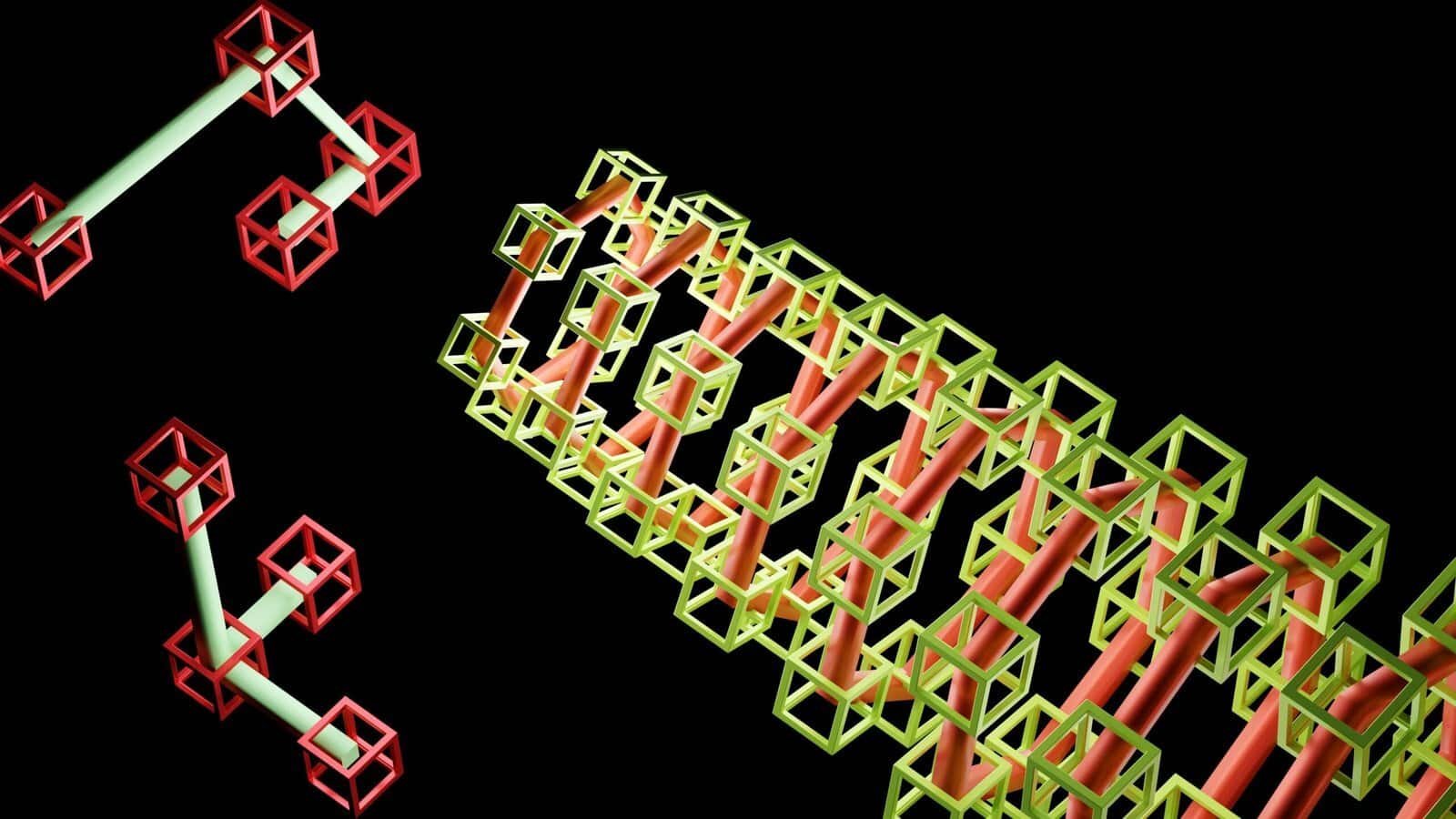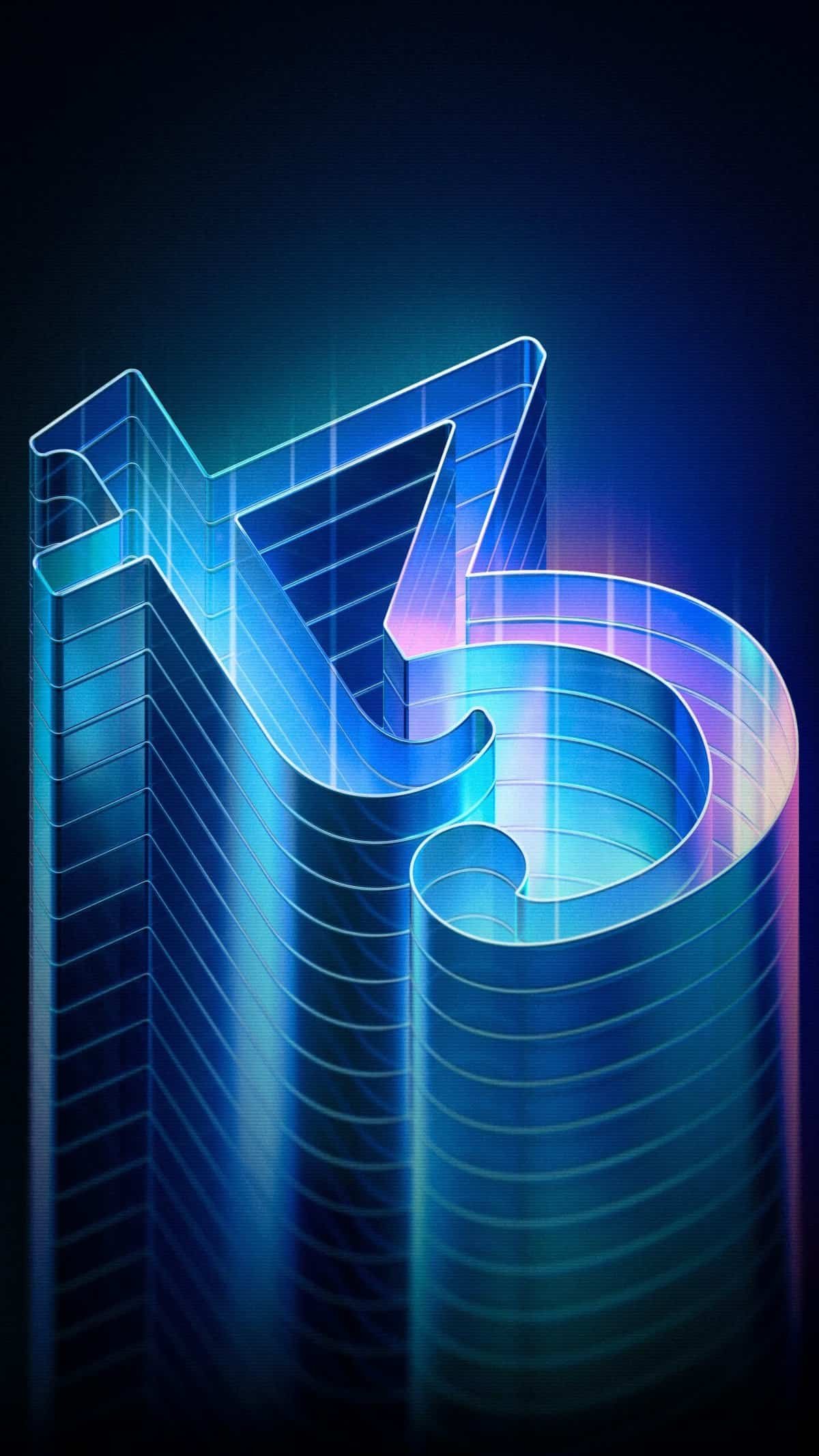Have you ever wondered how the evolution of the internet affects the way you interact with the digital world? The emergence of Web3 is shaping a new frontier, a decentralized landscape where your favorite browser becomes your gateway to a more secure, user-centric experience. Let’s explore how Web3 browsers are at the forefront of this transformation and what it means for you.

Understanding Web3 Browsers
Web3 browsers are not merely an upgrade of the traditional browsers you’re accustomed to. They are specifically designed to interact seamlessly with decentralized applications (DApps) and blockchain technologies, representing a fundamental shift towards a more privacy-focused and decentralized internet. Unlike conventional browsers, Web3 browsers empower you with control over your data, enabling direct peer-to-peer interactions without intermediaries.
What Sets Web3 Browsers Apart?
At first glance, a Web3 browser might not appear significantly different from the traditional ones you use. However, the underlying technology and philosophy make it distinct. Web3 browsers are equipped with the tools necessary for interacting with blockchain infrastructure, such as Ethereum. They include built-in crypto wallets and privacy-enhancing features, allowing you to engage with decentralized finance (DeFi) applications, NFTs, and more, all without needing third-party extensions.
Key Features of Web3 Browsers
A few key features set Web3 browsers apart:
Decentralization: Web3 browsers allow you to engage directly with decentralized networks. This means fewer—or no—middlemen, enhancing both security and privacy.
Built-in Crypto Wallets: They come with integrated wallets, enabling you to manage, send, and receive cryptocurrencies with ease.
Enhanced Privacy: Web3 browsers emphasize user privacy, employing technologies that empower you to browse anonymously.
Understanding these features helps you unlock the potential of the Web3 environment, making your internet experience more secure and user-controlled.
The Evolution from Web2 to Web3
To appreciate the significance of Web3 browsers, it’s helpful to understand their evolution from previous internet iterations. The journey from Web2 to Web3 represents a paradigm shift—a transition from centralized platforms to a decentralized environment.
Web2: The Internet You’re Familiar With
Web2 represents the interactive web, where user-generated content and interaction through platforms like Facebook and Twitter became the norm. With Web2, you enjoy easy access to dynamic content and seamless social interactions. However, this phase of the internet comes with drawbacks, such as centralized control by large corporations and privacy concerns related to data collection.
Transition to Web3
Web3 aims to tackle Web2’s limitations by prioritizing decentralization. Where Web2 platforms house data on centralized servers, Web3 enables data on distributed networks. This shift allows you to have greater control over your online presence, reducing dependency on corporate-controlled systems and eliminating single points of failure in data storage and management.
How Web3 Browsers Work
To fully leverage Web3, it’s crucial to grasp how Web3 browsers operate. Imagine it as adopting a new lens through which you view and interact with the internet—a lens that brings decentralization and privacy into focus.
Interacting with Blockchain
Web3 browsers are engineered to seamlessly communicate with blockchain networks. By integrating functionalities like crypto wallets, Web3 browsers streamline the process of interacting with smart contracts and managing digital assets. For instance, if you’re involved in cryptocurrency trading, a Web3 browser enables direct, secure transactions with a few clicks.
Ensuring Privacy and Security
Privacy and security are high priorities in the Web3 world. With features such as end-to-end encryption and the ability to browse without being tracked, Web3 browsers create a more secure browsing environment. The decentralization aspect means there’s no single entity harvesting your browsing data for targeted advertising or other purposes.
Operating DApps
Decentralized applications, or DApps, form the backbone of the Web3 landscape. Whether it’s participating in a decentralized finance initiative or purchasing NFTs, Web3 browsers simplify your interaction with these applications, removing the need for additional extensions or plugins. This ease of use propels your ability to engage with cutting-edge digital experiences effortlessly.
Popular Web3 Browsers to Consider
As Web3 gains traction, several browsers emerge as leaders in this space. Here’s a closer look at some of the most popular Web3 browsers that redefine your internet experience:
Brave
Brave stands out due to its high-speed performance and emphasis on privacy. It blocks unwanted ads and trackers, ensuring a secure browsing experience. The browser incorporates a native crypto wallet, allowing you to partake in Web3 activities with ease. Additionally, Brave Rewards brings you into the burgeoning ecosystem of decentralized content monetization.
Opera
Opera has been in the browser business for a considerable time, and its innovation continues with a Web3-ready version. The Opera browser allows you to seamlessly explore blockchain apps directly. It includes a crypto wallet for easy management of your digital assets and supports multiple blockchain protocols, which offers you versatility and convenience in your Web3 interactions.
MetaMask
Although MetaMask began as a browser extension, its influence in the Web3 browser space cannot be ignored. It functions as a gateway to Ethereum-based DApps and comes with a digital wallet for secure transaction management. MetaMask opens you to the world of decentralized finance and is indispensable if you’re delving into Ethereum’s vast DApp ecosystem.
Table: Web3 Browser Comparison
| Browser | Key Features | Unique Selling Point |
|---|---|---|
| Brave | Speed, privacy, built-in wallet, rewards | Ad-free, privacy-focused |
| Opera | Multiple blockchain support, integrated wallet | Versatile blockchain access |
| MetaMask | Ethereum compatibility, wallet function | Comprehensive DApp gateway |

The Benefits of Using Web3 Browsers
The drive towards Web3 browsing is propelled by numerous benefits that cater to our growing need for privacy, control, and innovation. Let’s break down how these benefits impact your digital life.
Enhanced Privacy and Control
Web3 primarily focuses on returning control to the user. With built-in privacy features, your browsing habits remain private, cutting out third-party trackers and middleman intrusion. You dictate what to share and with whom, giving you a more autonomous browsing experience.
Direct Engagement with DApps
Decentralized applications provide opportunities for innovation and user-driven solutions without the traditional constraints of Web2 platforms. For instance, using Web3, you can engage in crowdfunding directly with the creator, eliminate intermediary fees, and more actively contribute to digital ecosystems you believe in.
Development of New Economies
Web3 browsers are a pivotal element in developing decentralized economies. They allow you to enter ecosystems like decentralized finance, where traditional banking barriers are non-existent, or the burgeoning NFT market, where creativity and ownership principles thrive more liberally. Here, participation is open, redefining economic structures and practices.
Potential Challenges and Considerations
Embracing Web3 is not without its challenges. Here are vital considerations when navigating the Web3 space, ensuring you make informed decisions about your online activities.
Steeper Learning Curve
Transitioning from a Web2-centric mindset to Web3 requires understanding new terminologies and concepts, like smart contracts and blockchain interactions. But with the right tools and resources, you can gradually adapt and appreciate the immense potential Web3 has to offer.
Security Concerns
While Web3 browsers enhance security, they’re not immune to vulnerabilities. As centralized control diminishes, users must take personal responsibility for securing their digital assets and sensitive information. This vigilance includes keeping your software up to date and understanding risk management in crypto transactions.
Interoperability Issues
Because Web3 is an evolving space, compatibility between various blockchain networks and DApps can present challenges. Navigating these interoperability issues demands patience and a forward-thinking approach, potentially seeing through obstacles to access diverse digital assets and services on multiple chains.

Conclusion: The Future with Web3 Browsers
Web3 browsers are more than a technological shift—they symbolize a journey towards a democratized internet. As they continue to develop, these browsers promise innovative ways for you to interact with digital spaces securely and independently. From enjoying enhanced privacy to joining decentralized economies, the invite is for you to pave new ways in how communities engage online.
Grasping the impact and possibilities of Web3 browsers can transform your internet experience, unlocking avenues you might not have imagined possible in the Web2 world. As more developers and companies adopt Web3 principles, anticipate a broader array of experiences and services tailored for a decentralized future that puts you at the center of your internet journey.
In the end, Web3 is not just about a new version of the internet—it’s about redefining your digital experience, prioritizing privacy, security, and user empowerment. Choose to become part of this new frontier, harnessing the power of Web3 browsers in crafting an internet space that’s uniquely yours, unencumbered by traditional limitations.
